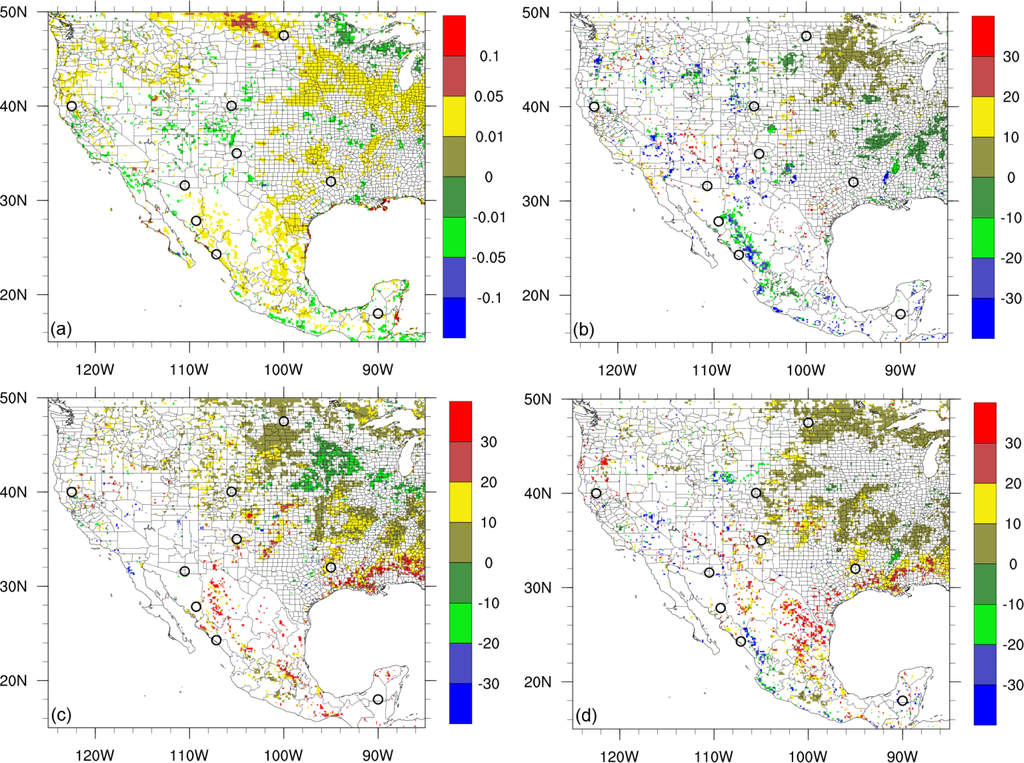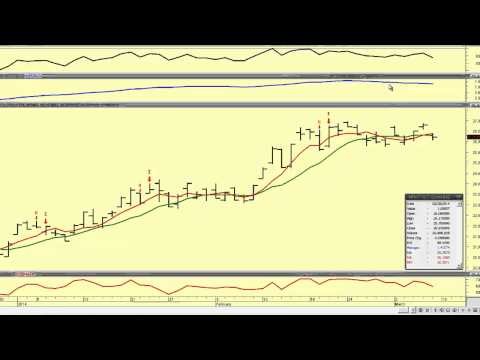Van Eck Global_1
Post on: 16 Март, 2015 No Comment

Why Alternatives Investors Should Target Minimum Allocations (06:28)
Video Transcript
Why Alternatives Investors Should Target Minimum Allocations
MALLORY HOREJS. Hello, my name is Mallory Horejs, and I am an alternative investments analyst here at Morningstar. I am at the Morningstar Investment Conference, and today with me I have David Schassler, director of manager research at Van Eck. David thanks for joining us today.
DAVID SCHASSLER. Thank you very much.
HOREJS. So liquid alternatives have been a very hot topic at the conference this year, as they were last year. Our director of alternatives research Nadia Papagiannis led a very engaging panel on managed futures which continues to be growing area. But I’d also point out multialternatives continues to be a big growth area, as well. It’s our largest category. Now there are more than 80 funds, and that’s what Van Eck specializes in. So could you tell us a little bit more about your fund and why you decided to go this multialternative route as opposed to single-manager strategy?
SCHASSLER. Sure, so we are a multimanager alternatives fund. What we do, is we go out and we find managers that we believe are best of breed within the hedge fund community and bring them into the 40 Act structure where we can. So it has to be managers that are investing in publicly traded securities, liquid strategies that can provide us with the transparency and liquidity that we need. The reason why we focused on multistrategy as opposed to single strategy is really to be a core allocation for retail investors.
We recognize that there are so many different offerings out there within the alternative genre. So how do investors go about picking the best funds? Well first off how do they go about figuring out which assets to invest in? So which strategies to invest in and then which funds to invest in?
It basically outsources the investment due diligence to us. It allows us to go out there and sit down face to face with these managers, figure out who has the best most consistent repeatable process, and then bring everything together into a portfolio context. What we do is we manage not only the volatility but the beta. So we manage the volatility to a range let’s call it 4% to 7%, and the beta to 0.2 to 0.35, and this is relative to the S&P 500.
HOREJS. In addition to those hedge fund managers you are using I also know that you look at mutual funds, ETFs. The fund has very broad mandate. Could you provide an overview of manager search and selection process, what factors are most important to you?
SCHASSLER. First off it’s quality of strategy. Let’s figure out which strategy that we think makes the most sense and which is best-positioned to outperform and then secondarily we’ll figure out how can we access this strategy and which vehicle is the most prudent. So in regards to our invest search and selection process. It really begins with a screening process.
We have a very large database of hedge funds. What we’ll do, is we’ll screen the entire database so let’s say for example we are looking for a managed futures fund. We’ll go out screen the universe and will narrow the universe down based off our desired risk and return attributes. So we are looking for again consistent returns. We are not looking for outliers either on the upside or the downside. But up-the-middle managers that have proved over a long time period the ability to outperform. But that’s just the returns, and that’s really where the hard work begins. Because what we do there is we speak with every manager and do a lot of homework and a lot of return-space, holding-space analysis. What we figure out is whose investment process and philosophy is most aligned with our current thinking. And then we get on a plane and sit down face-to-face with these managers, and it’s basically a day in their life.
It’s an in-depth fundamental research process, that relies on us basically sitting there with the manager and going through each piece of their investment process and figuring out does this make sense to us or not? And it’s a lot of questions; it’s a lot of prodding. If you kind of think about it from our standpoint, we are pulling threads, and we are asking targeted questions to figure out, is this the best manager we can possibly find to manage a sleeve of assets for us because our mandate is so broad, that we can go out and hire virtually anybody. So its figuring out who do we think is the best.
HOREJS. Well bringing it back up to the strategy level then what’s your outlook for the coming months? What kind of strategies are you leaning towards right now in the portfolio?
SCHASSLER. I am going to extend it out a little bit further than a couple of months. We have this philosophy in the fund right now, that’s what’s worked over the past 18 months will probably continue to work and what hasn’t probably won’t. And the reason I say that is we are experiencing global deleveraging right now. That’s going to take an extended period of time to get that off the shelves. So as countries deleverage. We are going to have these near-term fires. So we had Greece [in June], and it’s going to continue in our opinion to lead to this risk-on, risk-off market.
In this type of environment we have to ask ourselves which strategies are most inclined to outperform. We look at strategies within long-short that are more tactically oriented. Less buy and hold. We were taking about managed futures before. [We look at] managers that are more focused on medium term trend signals, have continued to outperform those that are focused on the outer edges of either very short- or long-term focused.
So again managers that have continued to outperform or that did outperform over the last 18 months, we’re really digging into and saying well why did they outperform? [We look to] see if there is something inherent to their investment process that’s best-fit for this current market environment.
HOREJS. And for investors that want to go this route, they want to use the multistrategy one-stop shop. What kind of allocation would you recommend? What size is enough to get the adequate exposure to alternatives in your portfolio.
Schassler. At minimum 10%. Ideally 10% to 20%. Below 10% you get into the why bother? range. This is an asset-allocation decision first and foremost. By investing in alternative strategies, you’ve made the decision that alternative investments make the most sense to help you diversify, not only your equities but your fixed income. Because alternative strategies offer unique risks inherent to your portfolio. So equities have their own unique risks, fixed income, as do alternatives. So it’s the third leg of proverbial stool here that allows investors to capture these alternative strategies to help them achieve their long-term goals.
So again if you were to give a 5% allocation, it quite frankly probably isn’t enough. And I could argue lot more than 20%. But most investors are so underallocated to alternative investments, and I think that’s why we are seeing such publicity into alternatives, especially within mutual funds. Because as people more and more recognize the diversification benefits and return benefits, we think that this is quite frankly in the very early stages.
HOREJS. Well thanks so much for joining us David. It’s been very helpful hearing your insights.

IMPORTANT DISCLOSURE
The views and opinions expressed are those of Morningstar’s Mallory Horejs and are current as of the video’s posting data. The views and opinions are subject to change with market conditions and do not necessarily reflect the views and opinions of Van Eck Global. The views are provided for informational purposes only, are not meant as investment advice and are subject to change. Van Eck Global cannot guarantee the accuracy or completeness of any statement or data contained in this presentation. Past performance is not a guarantee of future results. All economic and performance information referenced is historical and is no guarantee of future results.
Morningstar, Inc. Morningstar, the Morningstar logo and Morningstar.com are registered trademarks of Morningstar, Inc. All other Morningstar products and proprietary tools, including Morningstar Category, Morningstar Rating, Morningstar Risk, Morningstar Return, and Morningstar Style Box are trademarks of Morningstar, Inc. All other brands and names are the property of their respective owners.
Neither Morningstar nor its Information Providers can guarantee the accuracy, completeness, timeliness, or correct sequencing of any of the Information in the presentation, including, but not limited to Information originated by Morningstar, licensed by Morningstar from Information Providers, or gathered by Morningstar from publicly available sources. There may be delays, omissions, or inaccuracies in the Information.
NEITHER MORNINGSTAR NOR THE INFORMATION PROVIDERS SHALL HAVE ANY LIABILITY, CONTINGENT OR OTHERWISE, FOR THE ACCURACY, COMPLETENESS, TIMELINESS, OR CORRECT SEQUENCING OF THE INFORMATION OR FOR ANY DECISION MADE OR ACTION TAKEN BY YOU IN RELIANCE UPON THE INFORMATION OR FOR INTERRUPTION OF ANY DATA OR INFORMATION. THE PAST PERFORMANCE OF A MUTUAL FUND, STOCK, OR INVESTMENT STRATEGY CANNOT GUARANTEE ITS FUTURE PERFORMANCE.
NEITHER MORNINGSTAR, INC. NOR ITS INFORMATION PROVIDERS MAKE ANY REPRESENTATIONS ABOUT THE SUITABILITY OF THE INFORMATION, SOFTWARE, PRODUCTS, OR SERVICES CONTAINED HEREIN. ALL SUCH INFORMATION, SOFTWARE, PRODUCTS, AND SERVICES ARE PROVIDED AS IS WITHOUT WARRANTY OF ANY KIND.
Please note that Van Eck Securities Corporation offers investment products that may invest in the asset class(es) included in this presentation.
Investing involves risk, including possible loss of principal. An investor should consider investment objectives, risks, charges and expenses of the investment company carefully before investing. Call 800.826.2333 or click here to obtain a prospectus and summary prospectus contains, which contains this and other information. Please refer to the Fund’s prospectus and summary prospectus . before investing.
No part of this material may be reproduced in any form, or referred to in any other publication, without express written permission of Van Eck Securities Corporation. © 2012 Van Eck Securities Corporation.














